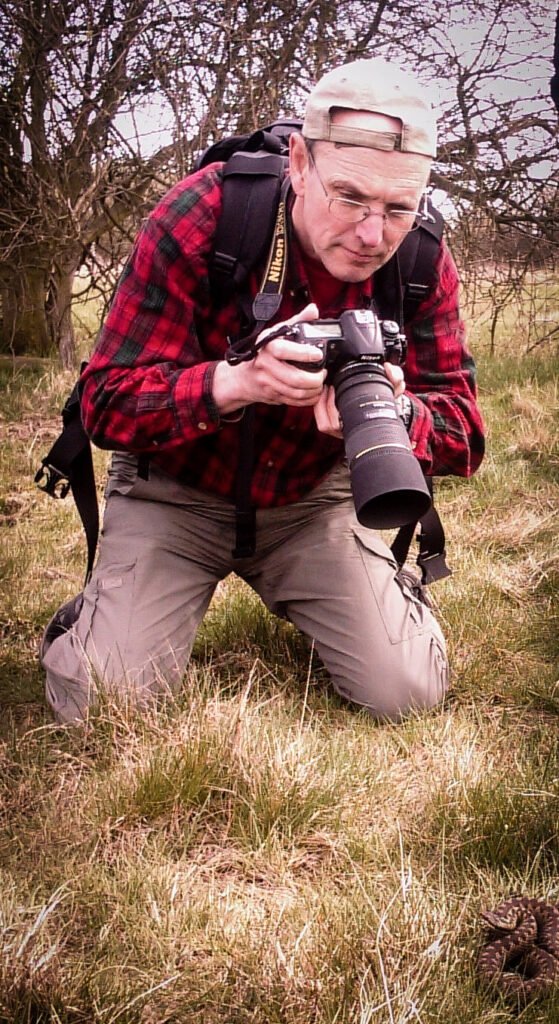Below are some tips to taking a good photograph from Mick Massie, one of our judges. Mick spends alot of his time taking photos of insects and plants to be recorded onto national databases, so is pretty good at taking pictures!

- Get close. For animal and bird subjects, start off at a distance and then move steadily gradually closer, taking photos as you approach. For plant subjects, try taking a photo of the whole plant, then details like leaves, bark, buds, flowers, even the details of flowers
- Keep steady. Try to keep the camera steady, wait for the subject to be steady, and keep the distance from the camera to the subject steady. If you are photographing a flower or an insect on a flower, hold the plant with one hand and then brace your camera hand against the hand or arm holding the subject. Shelter small subjects from wind if possible.
- Eye level. If you are photographing an animal (or a child for that matter) get down to their level. This often avoids getting your shadow in the frame too.
- Include eyes in an animal photo. An old saying is “if you don’t get the eyes, you don’t make a photo”.
- Isolate your subject. You want the subject to be clearly visible and hopefully identifiable. It helps if the subject is separated from its surroundings by distance or lighting.
- Think background. A good background is a very important part of any photograph. Think about colour, light, texture, shadows.
- Be patient. It takes time to get a good photo. It is worth waiting for the best moment. Take lots and choose the best!
- Try different ideas and settings. Your camera or phone might have the ability to take a series of photos close together. Pick the best and throw the rest away.
- Practice. Take trial photos of common subjects to practice your technique.
- Tell a story. Investigate your subject and try to show something about how they live or how they are constructed. Imagine you are telling someone about the photo and write a few words about the subject or how the photo was taken.